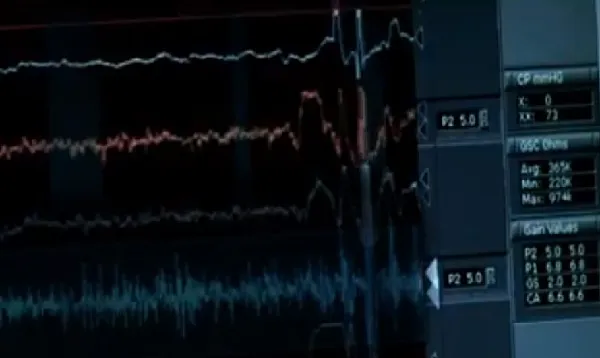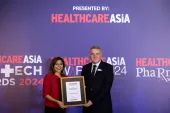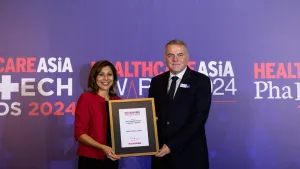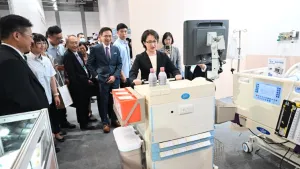
Mobile-enabled InterSystems TrakCare supports better healthcare decision making
The new mobile user interface features an improved electronic medical record adoption.
InterSystems, a global leader in health information technology, today announced that the InterSystems TrakCare® unified healthcare information system has added a mobile, touchscreen-enabled user interface to optimize the user experience and other enhancements that support better healthcare decision making.
TrakCare’s mobile-enabled user interface supports a streamlined electronic medical record (EMR) workflows and delivers context-rich, concise information wherever and whenever it is needed. Clinical notes can be created with a few swipes and taps, images and barcodes captured via camera, and additional information captured via voice.
Using mobile devices at the point of care can support doctors and nurses to make better decisions and allows them to capture and access accurate data more easily and quickly. This promotes EMR adoption, supports patient safety, speeds up clinical workflows, creates a better patient experience, and allows other carers to make better decisions as well.
InterSystems worked in close collaboration with panels of practising clinicians to redefine EMR best practices and create the mobile-enabled tasks for the new version of TrakCare, including medication prescribing, medication administration, nursing rounds, and laboratory results.
United Family Healthcare, China’s largest foreign-invested healthcare provider, is an early adopter of new TrakCare capabilities. “UFH is using TrakCare’s new mobile capabilities to promote efficiencies at the new Guangzhou United Family Hospital,” said Dr. Jenny Shao, Health Information Systems Director at United Family Healthcare. “Patients are able to do self-registration using iPads with the receptionist, and this speeds up the admission process.”
Flexible deployment capabilities further ease the transition to the mobile, touchscreen-enabled user interface. Customers can run the existing TrakCare user interface in parallel with their existing EMR and choose a migration plan best suited to their needs.
The mobile-enabled user interface, like all of TrakCare, is 100% web-based, eliminating the need to install and maintain additional software or apps. Everyone uses the same high-performance system, increasing security and reducing administration overheads and total cost of ownership. TrakCare’s flexible deployment options – on-premise, or as a hosted or managed service – provide additional benefits.
A range of other enhancements also support better healthcare decision making:
With TrakCare and InterSystems HealthShare® built on the same unified health informatics platform and now sharing the same Clinical Viewer, clinicians can have a consistent view of patient data stored within and beyond their EMR, tailored to their device.
With TrakCare Lab Enterprise deployed as a unified module within TrakCare, clinicians have immediate access to test results and supporting images from within the EMR, wherever they are.
A new TrakCare Remote capability lets clinicians work with the EMR remotely without Internet access to support healthcare delivery in isolated regions and synchronize changes when back at base.
According to Zebra Technologies’ global 2022 Hospital Vision Study, the percentage of nurses using mobile devices at the bedside will grow from 65 percent in 2017 to 97 percent in 2022. Similar increases in mobile device usage are expected among doctors, pharmacists and lab technicians.
“More than 20 years ago, InterSystems TrakCare became one of the first web-based healthcare information systems,” said Christine Chapman, Vice President for TrakCare at InterSystems. “With a rich mobile-enabled user interface, TrakCare is built for better decisions in the mobile era, making it easy for clinicians to capture and access data, and manage clinical workflows, at the point of care.”


















 Advertise
Advertise


